You’re probably wondering where you’ve seen the sumptuous looks in Cruella.
It is the 1970s in London—the punk rock era—when we see a new origins story of the fur-obsessed style enthusiast. With her signature skunk-streak hair and show-stopping ensembles, Disney’s Cruella makes it impossible not to gush over her style and theatricality.
While the movie directed by Craig Gillespie strayed away from the stealing-and-skinning-puppies-aspect of the villain, Cruella (played by Emma Stone) focused on the extravagant fashion.
Oscar and Tony Award-winning costume designer Jenny Beavan led the creation of 277 looks for the principal cast with 47 of them for Stone alone. From Alexander McQueen to Elizabeth Taylor, we’ve scoured past collections of designers for the fashion references of the glamorous film.
RELATED READ: Style Savvy: Anya Taylor-Joy Keeps Winning Awards And Fans For Her Stunning Looks
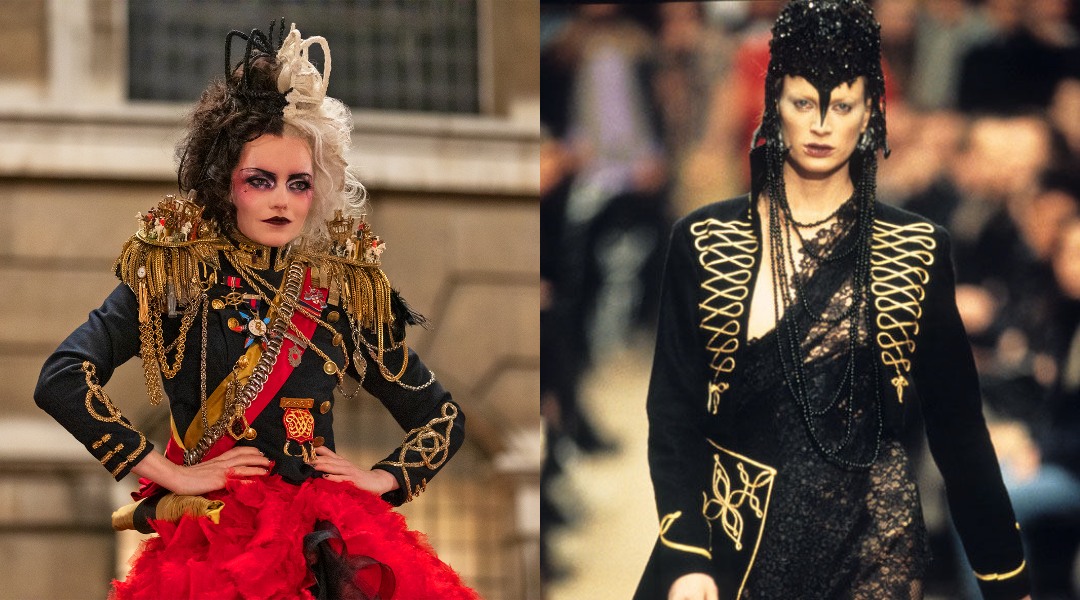
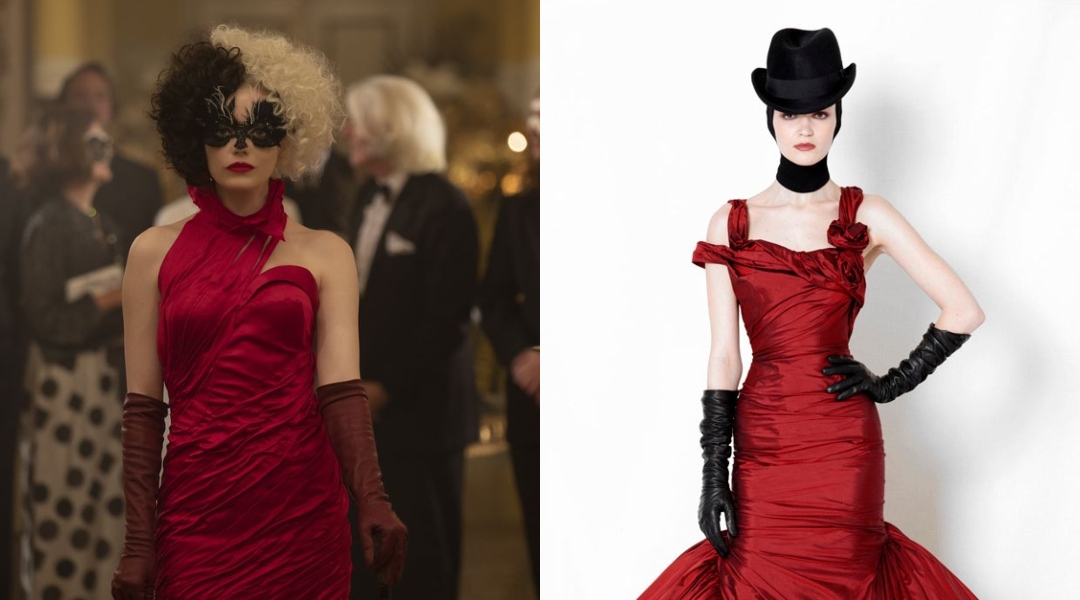
Alexander McQueen
Beavan’s portfolio includes designing for films Mad Max: Fury Road and A Room With A View where she earned Academy Awards and has been nominated 10 times previously. Now with Cruella, the designer names Alexander McQueen as a major fashion inspiration for the costumes.
McQueen is notorious for the macabre themes in his work. Not only are his runway designs political and controversial, but his presentations are also equally shocking. From setting fire on stage, robots spray-painting the dress of supermodel Shalom Harlow to ‘deluded models’ parading in a glass cube resembling a mental asylum.
His visionary shows inspired the way Cruella exhibited the lavish costumes—a hooded cape set aflame, a punk rock show by the fountain, and a garbage truck moving to reveal the trail of a voluminous dress in pink tulle interspersed with newspapers.
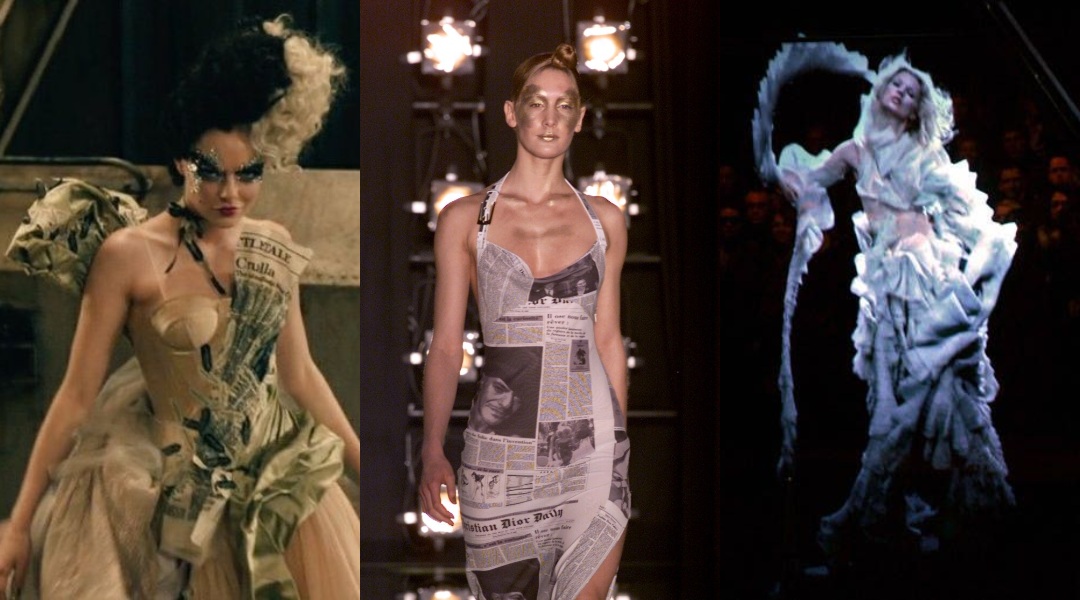
(Photos from News in 24, Shoot Digital, and Elle)

As Beavan explains in an interview, Cruella is much similar to McQueen’s disruption of the fashion scene. While outrageous, his works are grounded on political messages.
For instance, his first collection Highland Rape was perceived as “aggressive and disturbing” given the provocative tailoring and blood-spattered models. But ultimately, he refers not to the rape of women but to “England’s rape of Scotland.”
For Cruella, her approach to fashion is similar but mainly punk—rebellious but brilliant. As her story as an aspiring fashion designer progresses, she evolves into her jaw-dropping ensembles that we have originally seen from Glenn Close’s Cruella almost 25 years ago.
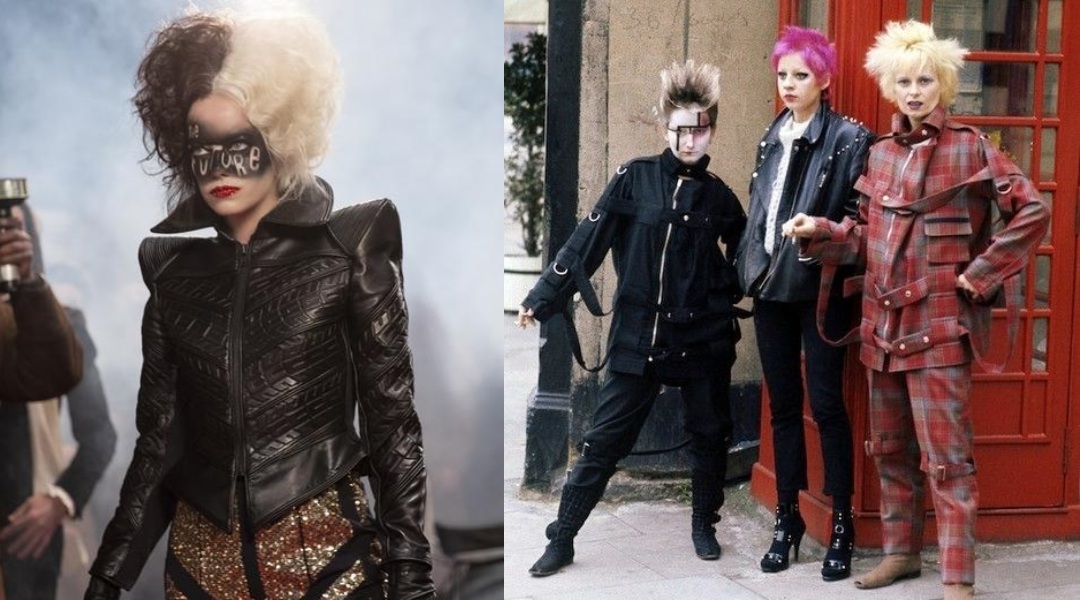
Vivienne Westwood
Vivienne Westwood was also an inspiration for the punk rock theme of the costumes. Activism, aggressiveness, and aversion to cultural elitism dominated the scene. From military jackets, torn and spray-painted clothing, pinned manifestos on garments to pliable accessories, Westwood challenged traditional notions of femininity.
RELATED READ: Scene Stealers: ‘Vincenzo’ Might Have Wrapped, But The Show’s Power Dressing Is Still Worth Talking About
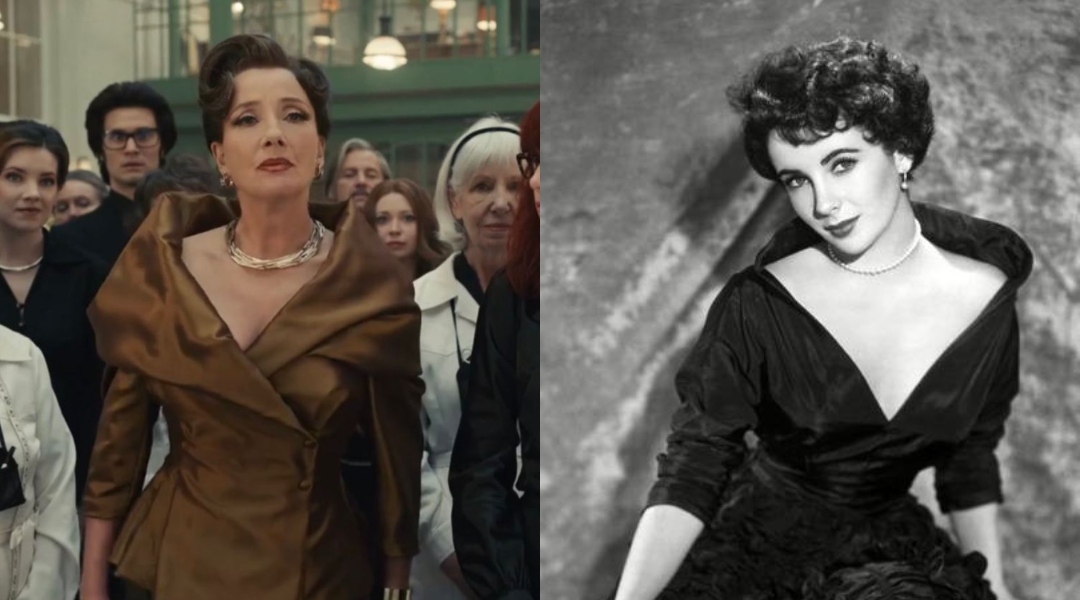
Dior and Balenciaga
A big influence for the Baroness (Emma Thompson) is Dior, Balenciaga, and screen icons like Elizabeth Taylor and Joan Crawford. While regarded in the film as a legendary designer, the Baroness is reaching the end of her reign—a contrast to Cruella’s fashion-forward approach.
Taking in the 1960s and 1970s fashion scene, Beavan dressed the Baroness in the old-fashioned way. The team pulled a backdated homage to Dior which includes the fashion house’s warm brown palette, turbans, taffetas, and even the houndstooth pattern.
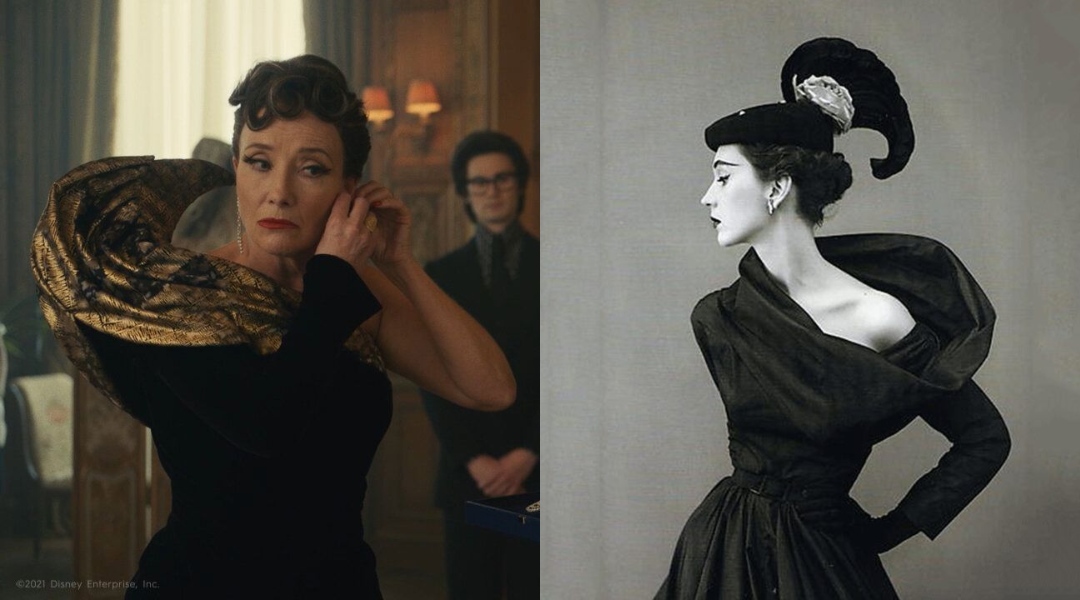
(Photos from CinemaBlend and Yolan Cris)
Similarly, Balenciaga’s iconic structured pieces also defined Thompson’s Baroness. The luxury brand’s take on the rigid silk gazar, for example, inspired the sheen dresses that appear to be sculpted.
Banner photo from PopSugar.





